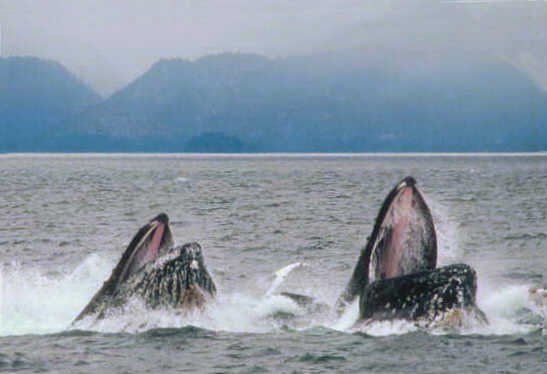|
TRANSLATIONS
Next 'chapter' in the glyph dictionary is tara:
A nagging doubt continue to haunt me - is my description here true or are mago and 'humpback' instead calendrical constructs (corresponding maybe to out April 1 and October 1)? If so, then the midpoint is not summer solstice but 'July 1'. The nearly straight arms in *Kb2-15 have been discussed earlier:
Straight arms ought to be at the solstices rather than at the equinoxes, I think, because straight arms ought to mean 'no change' (rigidity). Ka5-10 has lost his head, the 1st glyph in the headless group:
The lost 'head' reminds us about Ko Koró. These 8 glyphs could refer to the month when the ruler of the 1st half-year must loose his 'head'. In Ka5-8 and Ka5-11 en face also tells about 'noon', the season of 'changing sexes'. 6 of the glyphs (black-marked) show signs of 'extinguished'. The straight arms in *Kb2-15 probably refer to summer - that's the season which is finished (maro) at autumn equinox, the sign seems to say. There is one more end glyph without 'head', Kb1-6, and period 15 is by way of its ordinal number alluding to 'noon' (the 15th night of the moon is full):
Period 17 and the notable henua in *Kb1-20 clearly refers to how darkness (mauga in *Kb1-21) now has arrived. Counting glyphs from Ka5-9 (with the 'determinant glyph' preceding) to *Kb1-20 (with the 'determinant glyph' coming after) we have:
A beautiful harmony is indicated by the numbers. If we count to see what ordinal numbers Ka5-14 and the middle pair Kb1-10--11 will have in this structure, we get:
Probably Rei in Kb1-11 is the 'determinant' of the hatchmarked henua in Kb1-10, which means the 'mirror' lies after period 11:
Kb1-9 presumably is the 'determinant' of Kb1-8 (still en face), while Kb1-13 appears to be the 'determinant' of Kb1-12 (now looking ahead). This evidence points to period 16 as the season of reversal. Of course summer solstice need not be located at Kb1-10--11, it is rather the glyphs which together indicate that high summer is over. At solstice sun stands still about 10 days, but if we count between Ka5-14 and Kb1-10 (8 glyphs) and translate this into time we get 8 / 2 = 4 weeks. On the other hand, 24 glyphs (12 weeks = 84 days) is a reasonable high summer season. 6 periods (between Ka5-9 and *Kb1-20) = 3 months and 3 * 28 = 84 days. And now we are talking calendar, not astronomy. Neither Ka5-14 nor the pair Kb1-10--11 marks the midpoint of the high summer calendrical season, it seems. Ka5-14 is located earlier than the midpoint and Kb1-10--11 later. The midpoint instead is Kb1-7:
The rising fish has reached a point of symmetry, it cannot rise any higher. I think we can assume Kb1-7 is marking summer solstice. But if so, do I have to change what has been written in the glyph dictionary? What kind of summer is determined by mago and 'humpback'? |
|||||||||||||||||||||||||||||||||||||||||||||||||||||||||||||||||||||||||||||||||||||||||||||||||||||||||||||||||||||||||||||||||||||||||||||||||||||||||||||||||||||||||||||















